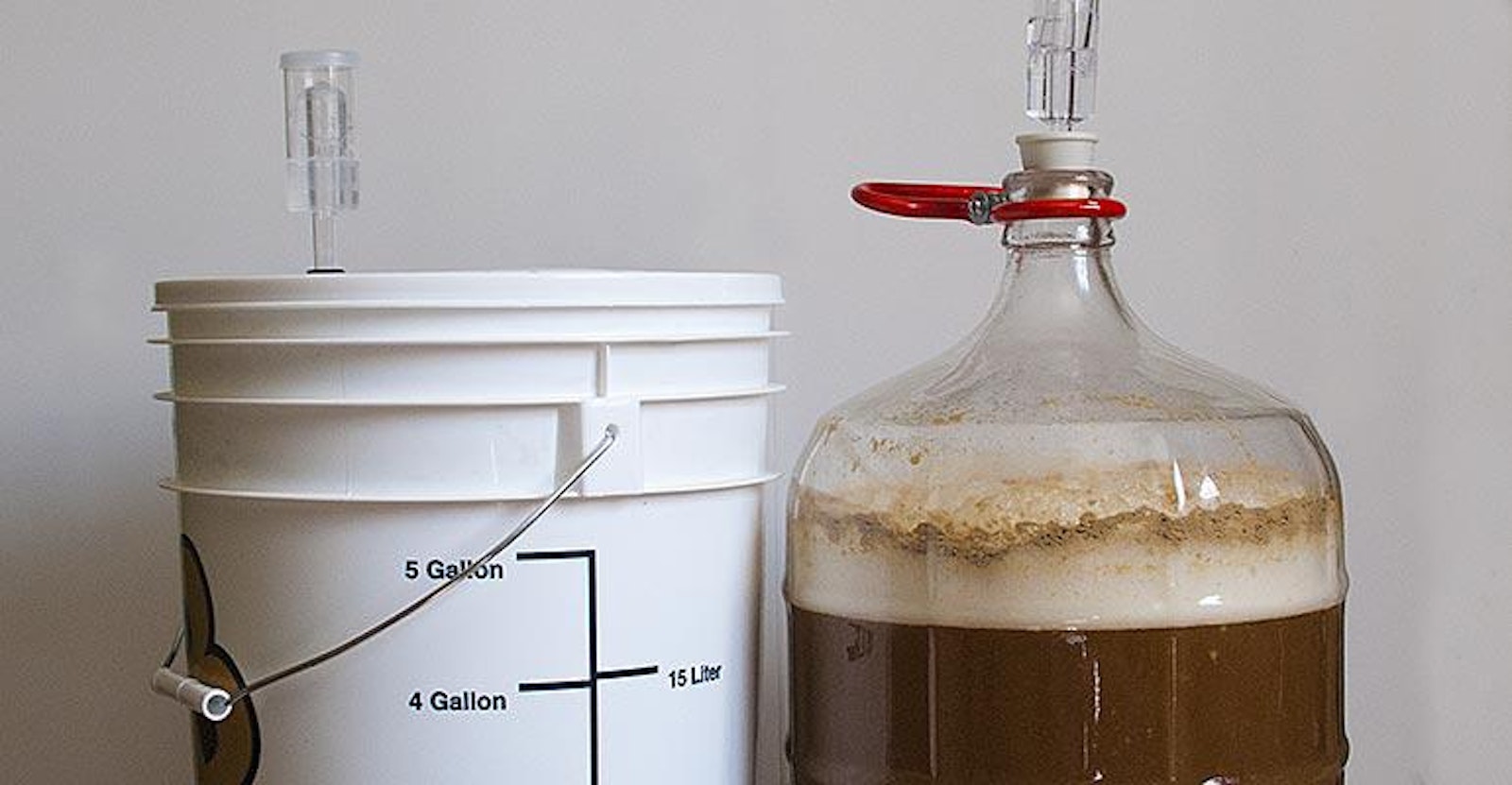For the longest time, picking a fermentor was about plastic vs. glass. Beginners often start with kits that come with plastic buckets. Experienced homebrewers tend to use glass, citing concerns about sanitizing scratched plastic.
Nowadays, there are many more options. At the more expensive end of the price range, you have corny kegs as well as stainless-steel and plastic conical fermentors, but entry-level brewers have more choices, too. Two of the big three are probably the most familiar: HDPE plastic buckets and glass carboys. But it’s also easy to find PET plastic carboys, which are comparable in price to glass, but less fragile. All three come in convenient sizes and will work fine as primary or secondary fermentation vessels, as long as you understand their tradeoffs.
Plastic Buckets
Generations of homebrewers have gotten their start with HDPE (high-density polyethylene) plastic buckets. They’re cheap and ubiquitous, sturdy, and easy to move around. The large opening makes it simple to fill and empty or to add things to the secondary, such as wood or fruit. Because they’re mostly opaque, you can’t actually see much detail during fermentation, but you also don’t need to worry about your beer getting lightstruck.

